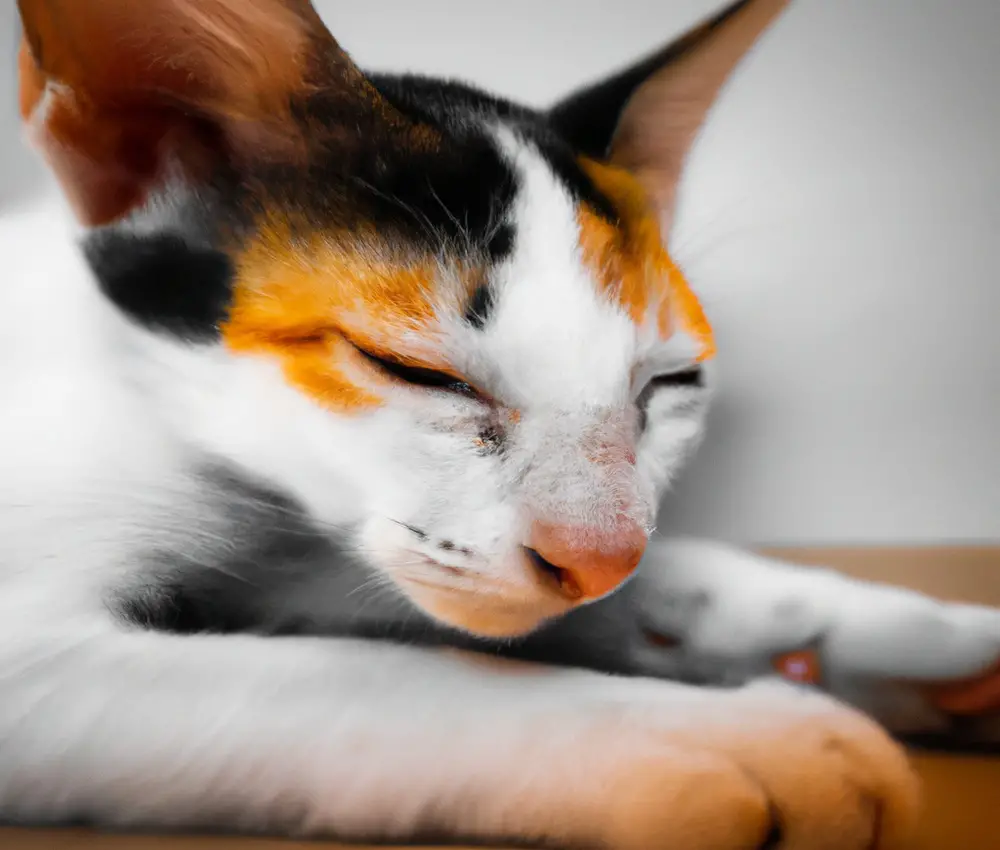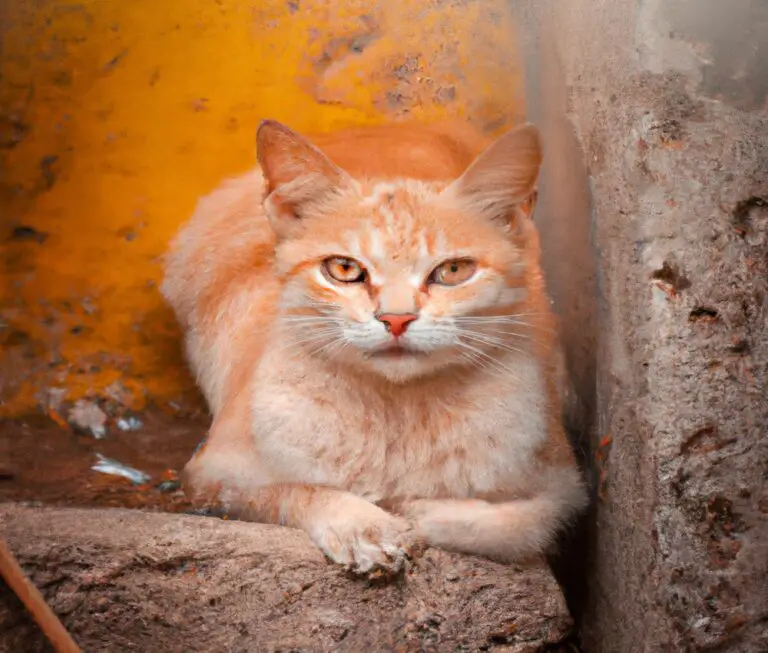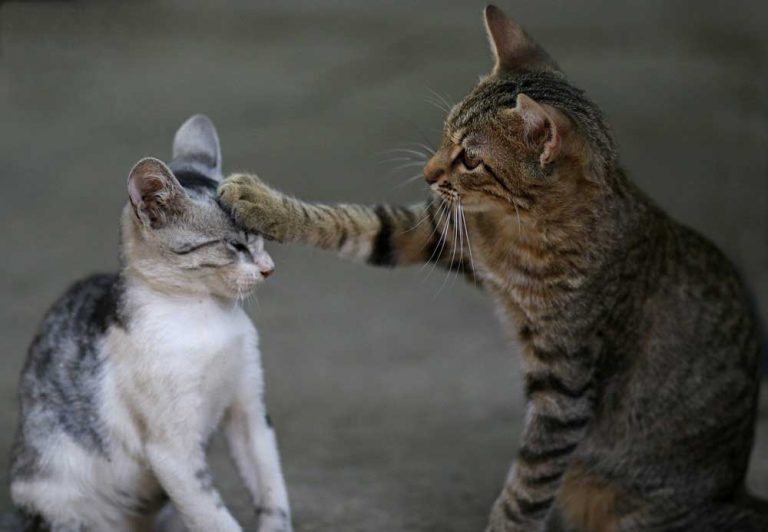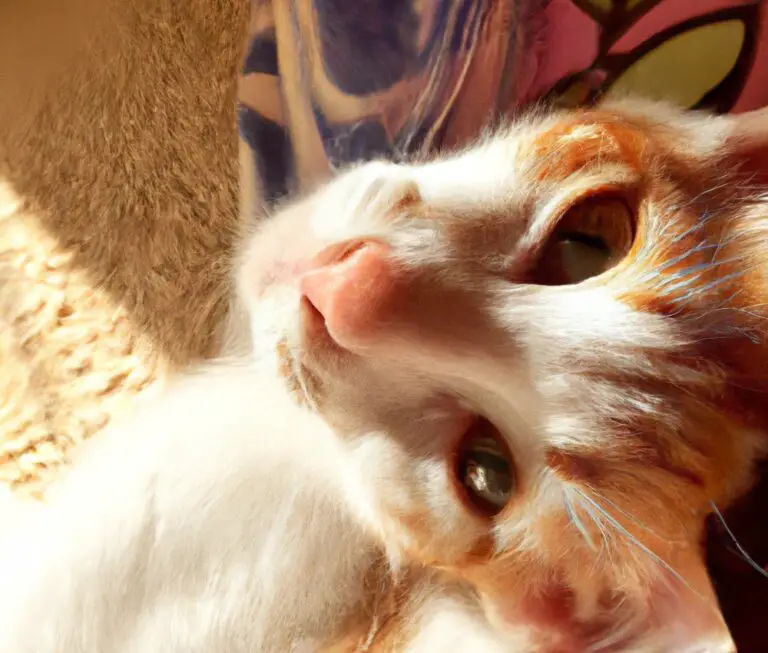Why Do Male Cats Bite The Back Of Other Cats’ Necks?
Key Takeaways:
- Male cats bite the back of other cats’ necks to establish dominance and assert their authority.
- Neck biting is a common behavior in male cats during mating rituals or territorial disputes.
- This behavior is rooted in their instincts and helps in maintaining social hierarchy among cats.
- Neck biting can also be an expression of aggression or a way to control and immobilize rivals during fights.
Have you ever wondered why male cats seem to have a peculiar habit of biting the back of other cats’ necks? Well, this curious behavior is not just random, but it serves a specific purpose in the feline world.
As an expert in feline behavior, I’ve delved into the fascinating world of cat communication and social dynamics to uncover the reasons behind this common behavior.
In this article, we will explore the significance of neck biting in cat behavior, particularly in male cats, and shed light on its role in establishing dominance, mating, and even play. So, if you’re a cat lover or an intrigued owner, buckle up and let’s dive deep into the world of male cat behavior and their neck-biting tendencies!
| Reasons | Explanation |
| Mating behavior | Male cats may bite the back of other cats’ necks as a part of mating behavior to hold the female in place during copulation. |
| Dominance display | Male cats may bite the back of other cats’ necks to assert dominance and establish their position in the hierarchy. |
| Playful behavior | Male cats may bite the back of other cats’ necks during play sessions, imitating hunting and wrestling activities. |
| Aggression | In some cases, male cats may bite the back of other cats’ necks out of aggression, especially when feeling threatened or territorial. |
Understanding Feline Behavior
Understanding feline behavior helps you better understand your cat’s actions and needs.
The Role of Communication in Cat Behavior
Cats communicate through various behaviors to convey messages to each other. Communication plays a vital role in their behavior.
Some common communication methods include body language, vocalizations, and scent marking.
For example, cats use their tails to express their mood or intentions. Hissing and growling indicate aggression or fear, while purring usually signals contentment.
Additionally, cats leave scent markers through rubbing or scratching to establish territory or communicate with other cats.
Understanding these communication cues helps us better comprehend cat behavior.
Why Cats Bite Each Other’s Necks
Cats bite each other’s necks as a way of asserting dominance or establishing their territory. It’s a natural behavior for cats, especially males, during territorial disputes or mating rituals.
Biting the back of the neck allows them to control the other cat and show their dominance.
If you have multiple cats, ensure they have enough space, resources, and separate areas to minimize conflicts. Observing their body language can also help you prevent aggressive situations.
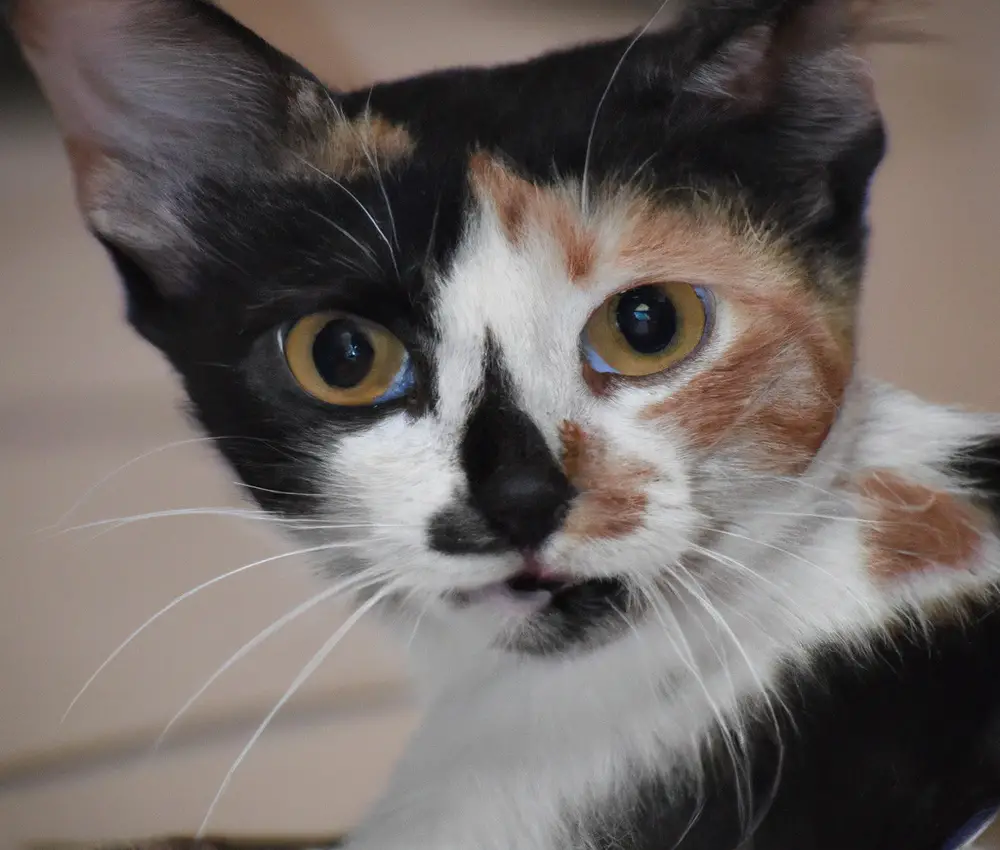
The Significance of Neck Biting in Cat Behavior
Neck biting is a significant behavior in cats that serves various purposes.
Natural Instincts and Hunting Behavior
Cats possess natural instincts and hunting behavior that are deeply ingrained in their DNA. These instincts are a result of centuries of evolution and have helped cats survive in the wild.
When it comes to hunting, cats are known for their exceptional ability to stalk, pounce, and capture their prey with precision.
They rely on several key behaviors while hunting:
- Stalking: Cats are masters of stealth and have a natural ability to stalk their prey silently. They carefully observe their surroundings, keeping their bodies low to the ground, and move with grace and precision.
- Pouncing: Once cats have successfully stalked their prey, they unleash their hunting instincts by pouncing on their target. This sudden and swift movement allows them to catch their prey off guard, increasing their chances of a successful capture.
- Killing: After pouncing, cats use a variety of techniques to kill their prey, including biting the neck to sever the spinal cord or suffocate their target. This behavior is a natural instinct that ensures their prey is incapacitated quickly and efficiently.
- Play Behavior: Even in domestic cats that do not rely on hunting for survival, these natural instincts are still present. Cats engage in play behavior that mimics hunting, allowing them to satisfy their natural instincts and exercise their hunting skills.
By understanding and appreciating a cat’s natural instincts and hunting behavior, we can better provide for their physical and mental well-being. Offering interactive toys, engaging in play sessions, and providing opportunities for them to explore and stalk can help fulfill their natural hunting instincts.
Establishing Dominance and Hierarchies
Establishing dominance and hierarchies is a natural behavior in many animal species, including cats.
Cats use various methods to assert their dominance, such as body language, vocalization, and physical actions.
They may engage in behaviors like hissing, growling, and swatting to establish their position within their social group.
These actions are a way for cats to communicate and maintain order in their interactions.
By understanding these behaviors, we can better comprehend the dynamics within a group of cats and ensure a peaceful coexistence among them.
Mating Behavior and Reproduction
Mating behavior and reproduction are fundamental aspects of a cat’s life.
Male cats often exhibit dominant behavior by biting the back of a female cat’s neck during mating.
This biting, known as the nape bite, allows the male to secure his position and ensure successful reproduction.
The bite holds the female in place, preventing her from escaping before copulation occurs.
After mating, the female may also experience aggression from the male if he wants to deter other potential suitors.
This behavior is instinctual and essential for the continuation of the cat species.

Exploring Male Cat Behavior
Male cat behavior can be complex and influenced by various factors.
Understanding their maturity, socialization, and dominance can shed light on their behaviors.
Male Cat Socialization and Territory Marking
Male cat socialization and territory marking are closely linked behaviors. Male cats often establish their territory by marking it with urine or scent glands.
This marking helps communicate their presence to other cats.
Socialization is important for male cats to learn proper behaviors and develop positive relationships with other cats and humans. It involves slowly introducing them to new environments, people, and other animals.
Providing plenty of playtime and positive reinforcement can also aid in their socialization process.
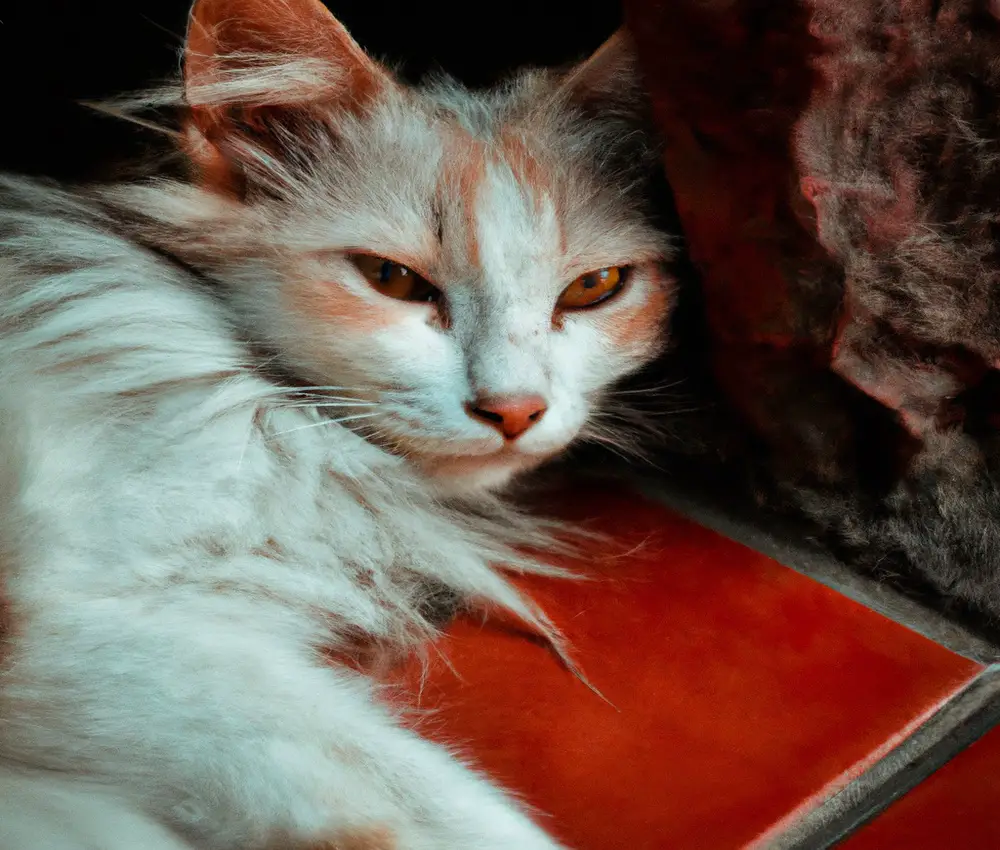
The Role of Dominance in Male Cat Behavior
Male cats may exhibit dominant behavior to establish their position in a social hierarchy.
Dominance in male cats can manifest through behaviors such as aggression, territorial marking, and mating behaviors.
When cats bite the back of another cat’s neck, it is often a display of dominance and a way to gain control.
This behavior is also seen during mating, where the male bites the female’s neck to secure his position.
It is important to understand and manage dominance in male cats to maintain a harmonious environment in multi-cat households.
Understanding Male Cat’s Neck Biting
Male cat’s neck biting serves various purposes such as play, dominance display, and mating behavior.
Male Cat’s Neck Biting as a Form of Play
Male cats biting the back of other cats’ necks is not always aggressive. It can be a form of playful behavior.
It is a natural instinct for cats to engage in mock fights and play-wrestling.
Biting the neck is a way for male cats to playfully assert dominance without causing harm. It is important to monitor the behavior to ensure that both cats are enjoying the play.
If the biting becomes aggressive or one cat seems distressed, it may be necessary to intervene.
Neck Biting as a Display of Dominance
Neck biting in male cats is often a display of dominance. When one cat bites another’s neck, it asserts its authority and establishes a pecking order.
This behavior can be observed during territorial disputes or interactions with other cats.
By asserting dominance, the cat aims to control resources and establish its position within the group. Other signs accompanying neck biting may include hissing, growling, and body language that communicates dominance.
It’s important to understand this behavior to ensure the well-being of all cats involved and manage any potential conflicts.
Neck Biting as a Part of Mating Behavior
Neck biting is a common behavior seen among male cats during mating. It is a way for them to establish dominance and assert their mating rights.
This behavior usually occurs before copulation and is a natural part of their reproductive process.
The male cat will bite the female’s neck, which helps to stimulate her and position her properly for mating. It’s important to remember that this behavior is instinctual and not aggressive.
It’s just their way of communicating and ensuring successful reproduction.
Dealing with Male Cat Neck Biting
Strategies to Minimize Neck Biting Behavior
To minimize neck biting behavior in male cats, there are several strategies you can try:
- Neutering: Consider getting your male cat neutered, as this can help reduce aggressive behaviors, including neck biting.
- Provide enough resources: Ensure your cats have their own food bowls, litter boxes, and resting areas to minimize competition and potential conflict.
- Environmental enrichment: Create a stimulating environment with toys, scratching posts, and climbing structures to help redirect your cat’s energy towards positive activities.
- Positive reinforcement: Reward your cats with treats or praise when they engage in non-aggressive behaviors, reinforcing positive interactions.
- Time-outs: If you observe neck biting, separate the cats temporarily to prevent escalating aggression. Gradually reintroduce them with supervised, controlled interactions.
- Seek professional advice: If the neck biting behavior persists or escalates, consult a veterinarian or animal behaviorist for further guidance and assistance.
Remember, every cat is unique, so it may take time to find the most effective strategy for minimizing neck biting behavior in your male cat.
Frequently Asked Questions
How can I tell if the neck biting is aggressive or playful?
Aggressive neck biting in cats is characterized by growling, hissing, and ears laid back.
Their body posture is tense, and their pupil’s dilate.
They may also bite forcefully or continuously despite the recipient’s discomfort.
On the other hand, playful neck biting in cats is accompanied by a relaxed body, wagging tail, and gentle biting without causing harm or distress.
Their overall behavior during the interaction is friendly and non-threatening.
Remember, always observe the cat’s body language and context to determine if the neck biting is aggressive or playful.
Final Verdict
Understanding the behavior of male cats and their tendency to bite the back of other cats’ necks is crucial for cat owners. It is important to recognize that this behavior can have different motivations, including playfulness, dominance, and mating instincts.
While some level of neck biting can be normal, it is essential to monitor the behavior closely and intervene if it becomes aggressive or harmful to the cats involved.
Neutering can help reduce aggressive behavior in male cats, but for more severe cases, seeking professional guidance is recommended. By staying attentive and proactive, we can ensure the well-being of our feline companions and foster a harmonious environment for them to thrive.

